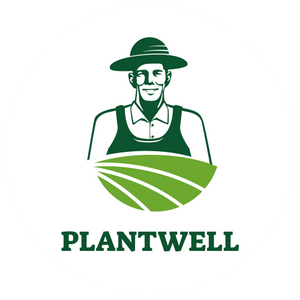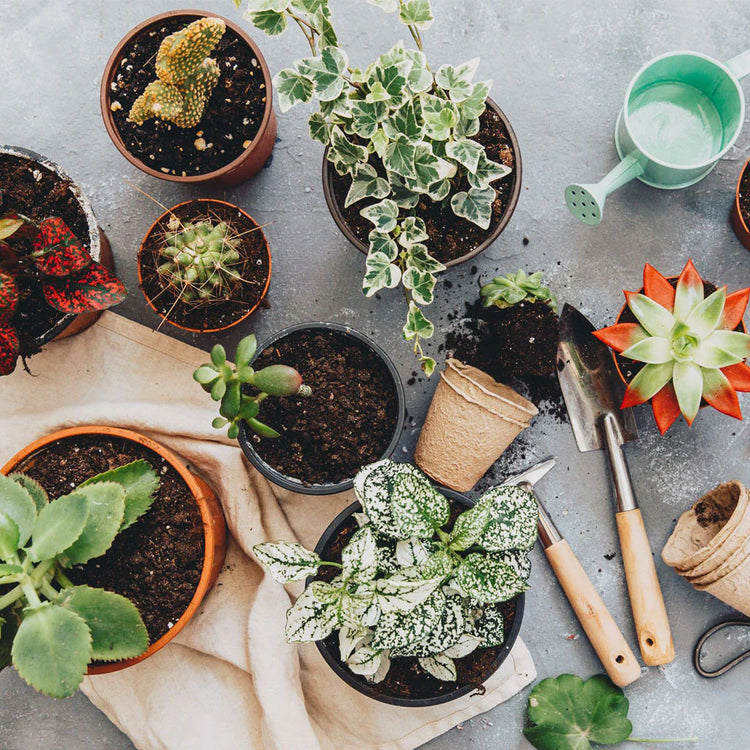Enhance your garden with the fragrant beauty of West Coast Seeds - Dwarf Munstead Lavender (Lavendula angustifolia). Known as the most aromatic of English lavenders, this early flowering variety produces stunning blue flowers that emit a sweet and delicate perfume. Perfect for drying, these flowers can be hung alone or with other tiny flowers. Ideal for containers or raised beds, Dwarf Munstead lavender rewards growers with masses of aromatic cut flowers that are easy to dry and highly attractive to pollinators. The edible flowers add a unique touch to your herb or vegetable garden, growing to a compact height of 38cm (15").
Key Features:
- Most Aromatic: Renowned for its sweet, delicate fragrance.
- Great for Drying: Perfect for creating aromatic dried flower arrangements.
- Blue Flowers: Adds a splash of color and fragrance to your garden.
- Compact Size: Grows to 38cm (15") tall, ideal for containers and raised beds.
- Attracts Pollinators: Highly attractive to bees and other pollinators.
- Edible Flowers: Versatile for culinary uses.
Growing Information:
- Season & Zone: Warm season, full sun exposure.
- Timing: For best results, collect seeds in autumn and sow on the surface of a seed tray with bottom heat maintaining 4-10°C (40-50°F). Overwinter seedlings in a cool greenhouse or cold frame with good ventilation. Alternatively, start seeds indoors in winter using a sterilized seed starting mix. Press seeds into the surface, insert pots into plastic bags, and freeze for about a week. Let them come to room temperature, then use bottom heat as indicated above.
Planting Instructions:
- Starting: Avoid using a plastic lid or covering to prevent excess moisture. Barely cover the seeds, as they germinate in 14-21 days in warm soil. Water from below if necessary. If germination is low after 3-4 weeks, lower the temperature to 5-10°C (40-50°F) for 2 weeks, then raise it again. Pot up tiny seedlings and grow them in a protected greenhouse or windowsill to set into the garden in spring.
Growing Tips:
- Soil & Sun: Prefers full sun and well-drained, fertile soil.
- Pruning: Trim plants back hard in spring just as new growth starts, but avoid cutting into the woody part of the stems. This encourages even growth and blooming. Cut back again in early autumn, avoiding old wood.
Harvesting Tips:
- Flowers: Gather flowers just as they open. Dry on open trays or by hanging in small bunches.
- Leaves: Pick leaves anytime for fresh use or gather before flowering starts for dehydrating.
Bring the soothing aroma and beautiful blue blooms of West Coast Seeds - Dwarf Munstead Lavender to your garden. Enjoy its unmatched fragrance, ease of drying, and the delightful addition to your culinary creations. Perfect for any garden space, this lavender variety is both a visual and aromatic delight.
Selected page contains no content. Add content to this page in the page editor.
Enhance your garden with the fragrant beauty of West Coast Seeds - Dwarf Munstead Lavender (Lavendula angustifolia). Known as the most aromatic of English lavenders, this early flowering variety produces stunning blue flowers that emit a sweet and delicate perfume. Perfect for drying, these flowers can be hung alone or with other tiny flowers. Ideal for containers or raised beds, Dwarf Munstead lavender rewards growers with masses of aromatic cut flowers that are easy to dry and highly attractive to pollinators. The edible flowers add a unique touch to your herb or vegetable garden, growing to a compact height of 38cm (15").
Key Features:
- Most Aromatic: Renowned for its sweet, delicate fragrance.
- Great for Drying: Perfect for creating aromatic dried flower arrangements.
- Blue Flowers: Adds a splash of color and fragrance to your garden.
- Compact Size: Grows to 38cm (15") tall, ideal for containers and raised beds.
- Attracts Pollinators: Highly attractive to bees and other pollinators.
- Edible Flowers: Versatile for culinary uses.
Growing Information:
- Season & Zone: Warm season, full sun exposure.
- Timing: For best results, collect seeds in autumn and sow on the surface of a seed tray with bottom heat maintaining 4-10°C (40-50°F). Overwinter seedlings in a cool greenhouse or cold frame with good ventilation. Alternatively, start seeds indoors in winter using a sterilized seed starting mix. Press seeds into the surface, insert pots into plastic bags, and freeze for about a week. Let them come to room temperature, then use bottom heat as indicated above.
Planting Instructions:
- Starting: Avoid using a plastic lid or covering to prevent excess moisture. Barely cover the seeds, as they germinate in 14-21 days in warm soil. Water from below if necessary. If germination is low after 3-4 weeks, lower the temperature to 5-10°C (40-50°F) for 2 weeks, then raise it again. Pot up tiny seedlings and grow them in a protected greenhouse or windowsill to set into the garden in spring.
Growing Tips:
- Soil & Sun: Prefers full sun and well-drained, fertile soil.
- Pruning: Trim plants back hard in spring just as new growth starts, but avoid cutting into the woody part of the stems. This encourages even growth and blooming. Cut back again in early autumn, avoiding old wood.
Harvesting Tips:
- Flowers: Gather flowers just as they open. Dry on open trays or by hanging in small bunches.
- Leaves: Pick leaves anytime for fresh use or gather before flowering starts for dehydrating.
Bring the soothing aroma and beautiful blue blooms of West Coast Seeds - Dwarf Munstead Lavender to your garden. Enjoy its unmatched fragrance, ease of drying, and the delightful addition to your culinary creations. Perfect for any garden space, this lavender variety is both a visual and aromatic delight.
Selected page contains no content. Add content to this page in the page editor.


